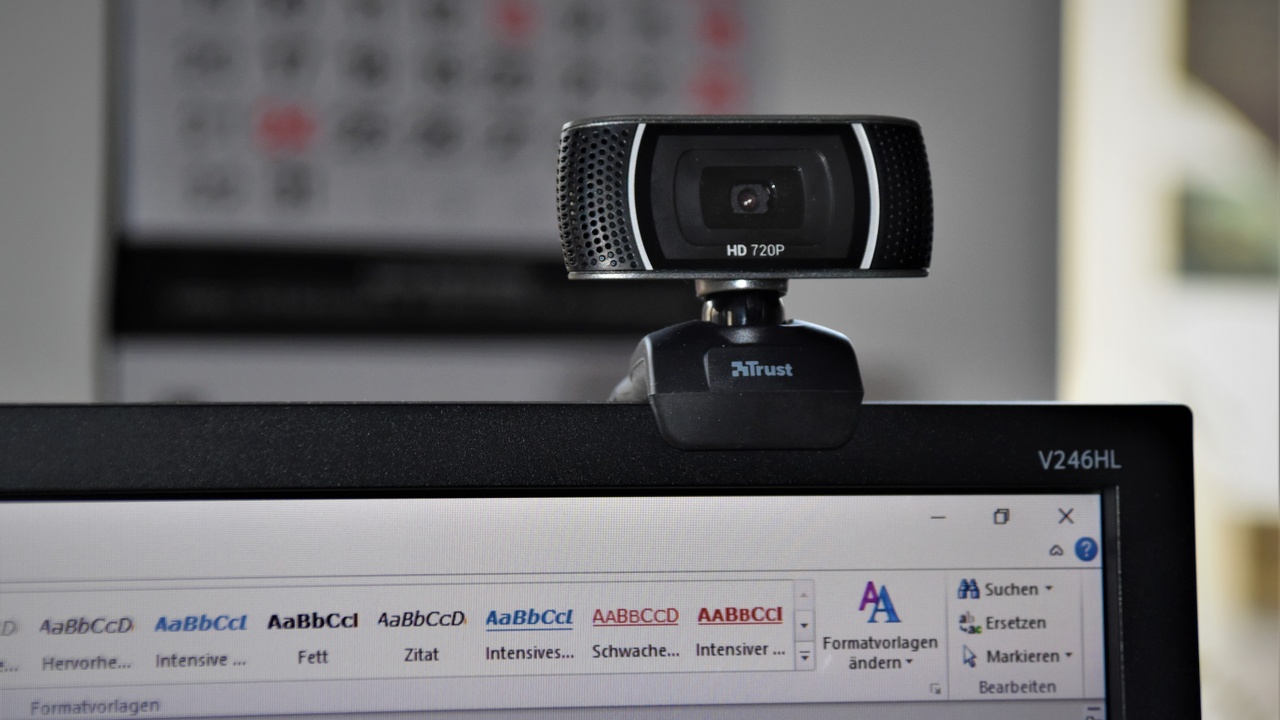6 Keys to Connect Deeply with Your Audience

The single biggest problem in communication is the illusion that it has taken place.
George Bernard Shaw
By John Millen
During my Communicating with Influence workshops, I often demonstrate the power of storytelling by asking leaders to share a brief story. It can be a personal or a business story, so long as it has an emotional component or a lesson learned.
During a recent workshop, one leader described a lesson in communication he learned while coaching his daughter’s basketball team years ago when she was 10 years old.
The team had done well in the season and the girls were tied with just a few seconds left in their championship game. He quickly called timeout and gathered the girls around him as he sat on the bench.
He excitedly grabbed his small whiteboard and marker, drawing the moves he wanted the girls to make: “Okay, Ashley, you in-bound to Brittany, rotate around counterclockwise…”
He didn’t notice the girls looking at each other, without a clue about what he was saying. Then one of the girls reached up and quickly squeezed his nose twice. She said: “HONK! HONK!....Hellooo!” It was a wake-up call. He was back in reality. He told the girls to look for a quick open shot and have fun.
For this leader it was an epiphany for the way he communicated in business and life, focused, as he was, on quickly conveying his message instead of listening and understanding his audience.
He’s not alone. Most of us focus on what we want to say without understanding what our audience needs to hear. It’s one of the biggest mistakes I see with my clients at every level: from CEOs to customer service reps.
That’s why I tell my clients to remember ABC: Audience Before Content.
Leading through change
With companies going through massive transformations, leading people through change has become the most important role of a leader.
And with the turmoil of the pandemic, the importance of understanding your team and other stakeholders is compounded.
Today, more than ever, empathetic communication is critical. The late Zig Ziglar, a motivational speaker and sales expert, put it well: “People don’t care how much you know until they know how much you care.”
Empathetic communication is not merely being open and present. It comes from actively seeking to understand people.
Whether it’s a board presentation, a sales pitch, or a crucial conversation, it all begins with understanding your audience.
To help with your communication, here are six keys to better understanding and communicating with your most important audiences.
1. Ask and listen
For most of us, the problem is that we assume we know — but we are wrong. Even people we’ve worked with for years will surprise us, especially when they are under stress.
If we ask the right questions and listen fully with an open mind, almost everything we need to know will become clear. People want to share with us but they need to feel trust that we will listen without judgment.
Prior to my workshops, I work with senior leaders to understand their objectives. We also send a self-assessment form to participants to rate themselves as leaders and communicators. They also share their self-perceived strengths and weaknesses so I may customize their individual needs.
2. Focus on purpose
I like to say that people are always listening to a certain radio station (or Spotify list) called WII-FM. You know, what’s in it for me?
That means the most important question you can ask, and answer, before creating your messages is: Why should they care?
This aligns with purpose: Why do we need to change? Disruption in the marketplace? Other compelling reasons?
3. Understand their context
This will lead you to ask yourself empathetic questions about your audience: If you were a new or mid-level employee sitting in the audience, how would you be feeling? What level of knowledge would you have? What would you need to hear to support a change?
Again, aligning with purpose, what behaviors have they changed as consumers? Buying on Amazon, staying in AirBNB’s, ordering Starbucks on their app, getting dinner from DoorDash? By relating to their context you can shift perspective about change.
4. Start with an objective
Once you have a clearer picture of your audience, your job is to fill the gap, if there is one, between your objective and their needs.
As a leader, your role is to influence attitudes, thinking and behavior. So, as Stephen Covey wrote in The 7 Habits of Highly Effective People,* start with the end in mind.
To give leaders an easier path to follow, I’ll ask: What do you want them to think, feel and do as a result of your message?
5. Kill the jargon
In stressful situations, many leaders will revert to corporate speak and jargon. It’s like a warm security blanket. It takes less work, and it insulates you from any uncomfortable human communication.
Don’t take the easy path. Kill the jargon. It also creates a barrier so that no real communication takes place. People turn off immediately and will be more resistant to you and your message.
If you have talking points the company wants you to convey make them your own. Speak from your heart.
6. Share yourself and your story
With this in mind, particularly in a transforming environment, one of the most important ways to be human and relatable is to be vulnerable and share yourself.
Share your own fears of change and how you overcame them. Be a role model by talking about your stories, your journey and how it relates to where they find themselves today.
What about you?
While I’ve focused on change communication, the rule holds true for all of us in our business and personal communication—ABC: Put your Audience Before Content every time you communicate.
You’ll find it makes a huge difference in how people perceive and value what you say.
* Amazon affiliate link








